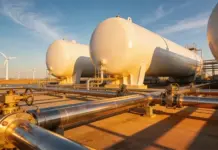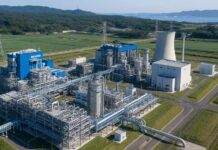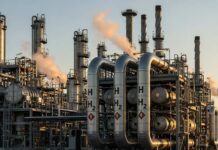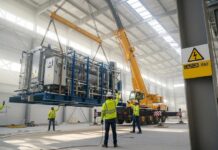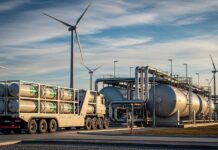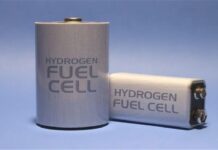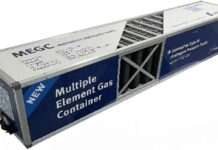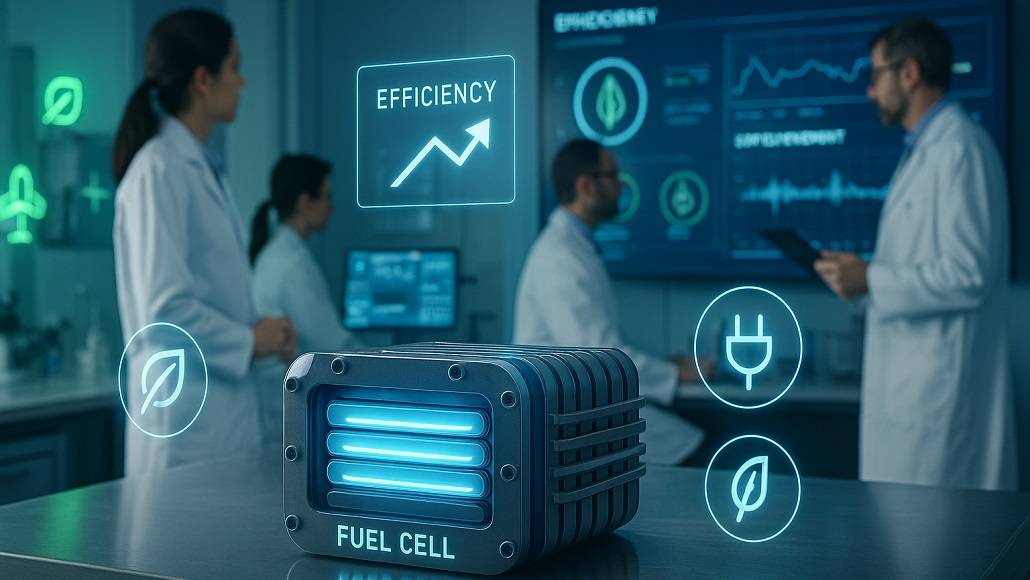Solid Oxide Fuel Cells (SOFCs) are emerging as a transformative technology in the world of energy. Their distinctive property of converting chemical energy to electricity with high efficiency and lower emissions makes them the pillar of sustainable energy schemes. Though, achieving the optimum performance and efficiency in SOFCs has been a bumpy ride. Recent developments, nevertheless, announce a breakthrough for enhancing their efficiency, longevity, and marketability, which is a milestone towards cleaner and more sustainable energy alternatives.
SOFCs use high temperatures and take advantage of an electrochemical reaction to produce electricity. They do not use combustion like traditional power generation systems and therefore are cleaner and more efficient. Being able to use multiple fuels, from hydrogen to natural gas, increases the potential for them to be a flexible and scalable option for a variety of energy requirements. Also, to optimize solid oxide fuel cells efficiency for mass use, tremendous technical and economic challenges need to be overcome.
Understanding the Efficiency Challenge in SOFCs
Efficiency is the defining feature of SOFCs, frequently described as their main strength compared to other energy conversion devices. Nevertheless, the aim for greater efficiency is a fine balancing act. A range of parameters determine the efficiency of SOFCs, such as operating temperature, composition of materials, and system architecture. Balancing these variables is key to realizing the maximum potential of SOFCs.
Thermal efficiency is achieved in SOFCs because the fuel cell can operate at much higher temperatures than other technologies, typically from 600 °C to 100 °C. At higher temperatures, the oxidation of the fuel is sufficiently complete that energy losses are minimized, enabling efficiencies that exceed other energy pathways. Still, high operating temperatures cause material degradation more rapidly and this limits long term durability of the cell. Hence the challenge is how to operate at high efficiencies without succumbing to the consequences of thermal stresses, in system components.
Material design is the first step in overcoming these challenges. The interconnects, electrodes, and electrolytes need to have high electronic and ionic conductivity, thermal stability and corrosion resistance. Material science advances in developing state-of-the-art compounds that meet these demands have led to more robust and efficient SOFC systems.
Recent Innovations Driving SOFC Efficiency
The persistent quest for innovation has given rise to a number of innovations intended to drive the performance and efficiency of SOFCs. These improvements can come in the form of new material compositions, new manufacturing processes, and new system designs.
- Material Optimizations
The development of new-generation materials has been a game-changer for SOFC performance improvement. Newer electrolyte materials, with greater ionic conductivity – such as doped ceria and new perovskite materials – are the current industry leaders. The new materials are highly conductive under lower and lower temperature, thus taking away from the efficiency-durability trade-off.
In a similar manner, there have been improvements in electrode materials to achieve better catalytic activity and thermal stability. For example, composite electrodes are made from two or more materials and are a preferable than conventional electrodes for fuel oxidation and oxygen reduction. This advancement has led to greater power density and efficiency. Protective coatings on interconnects prevent oxidation and ensure stable cell operations over longer periods.
- System-Level Improvements
Innovations at the material level are not the only improvements influencing SOFC efficiency.
New design improvements facilitate heat and mass transfer along with the energy conversion efficiency in total. Examples of whether for this include multi-layers, optimized channels geometries, and couple heat recovery systems to aid with efficiency and long-term stack reliability.
Hybrid SOFC systems, where SOFC units are combined with other energy conversion technologies like gas turbines, have been highlighted as the potential to achieve ultra-high efficiency. Such systems utilize the waste heat from high temperatures developed by SOFCs to drive other energy cycles, resulting in combined system efficiencies far higher than sole applications.
- Manufacturing Breakthroughs
New manufacturing methods, including additive manufacturing and new sintering techniques, have transformed the fabrication of SOFC components. Such methods provide material property control at the precise level and allow for complex geometries that are performance-enhancing. Moreover, improvements in scalable manufacturing processes are lowering costs, making SOFC technology more commercially viable and accessible.
Table: Key Innovations Enhancing SOFC Efficiency
| Innovation Area | Impact on Efficiency |
| Advanced Electrolyte Materials | Enhanced ionic conductivity at lower temperatures, reducing energy losses. |
| Composite Electrode Design | Improved catalytic activity and stability, increasing power density. |
| Hybrid System Integration | Utilization of waste heat to achieve ultra-high combined efficiency. |
| Additive Manufacturing | Precision component fabrication, improving performance and lowering costs. |
The Role of Digital Twin Technology
While digital innovation is in its infancy, the introduction of digital twins is offering a mechanism for design, monitoring, and optimisation for SOFC systems. A digital twin is a virtual copy of the physical SOFC system designed to enable real-time state addition mechanisms to predict the operating conditions of their SOFC systems. The development of digital twin technology could capture the performance parameters, simulate the system behaving during changing conditions, and notice potential issues before they change the performance of the system.
By allowing digital twins to integrate real-time information from IoT sensors incorporated in the SOFC system, they present a complete perspective of the system dynamics. The data-driven model confirms that the efficiency improvements described enabled by digital twin technology are not simply theoretical tears of efficiency enhancements has been practically tested with real set-ups.
Impact on Sustainability
With the global focus sharpening on mitigating climate change, SOFC technology is becoming more important as a component of sustainable energy systems. The entire efficiency of SOFC technology contributes lower greenhouse gas emissions perspective for each unit of energy produced when compared to conventional fossil fuel technologies, making it a noteworthy candidate for the decarbonization of the energy sector.
SOFCs accept a wide variety of fuels (i.e hydrogen, biogas, even synthetic hydrocarbons), enhancing product sustainability potential. Hydrogen-powered SOFCs in particular can be regarded as uniquely positioned to fit the narrative of the emerging hydrogen economy as a clean and efficient electricity generator.
Conclusion
The efficiency advances in solid oxide fuel cells efficiency offer a watershed moment in the evolution of energy systems. Combinations of advancement in materials, systems, manufacturing, and digital technologies will bring SOFCs into focus in the world’s energy systems. Their ability to provide high efficiency, fuel flexibility, and sustainability establishes them as a main pillar for clean energy transition.
As decarbonization efforts continue to expand, we should see SOFC technology advancing in importance. The energy industry can achieve the full value of SOFCs by forging new paths of innovation and overcoming current barriers to entry and use. A brighter future with cleaner, more efficient, and reliable energy systems is ultimately achievable if the industry can agree to utilise and combine existing innovations. The efficiency gains in SOFCs are not simply technical accomplishments, they are a beacon of light on the path to a sustainable energy future.


